Every day we experience near misses but when it comes to near misses at work they can be a warning as well as an opportunity. The opportunity is that you can learn from what is happened and prevent it from happening again, whether it’s you or another worker.
It helps management to find the faults and introduce effective control measures
Main Points
It’s very important to report near misses as they could have easily been a very real and damaging accident. If it is ignored it could happen again but it might not be a near miss.
The types of incident which must be reported are:-
• Deaths
• “Major” injuries – a definition is given in Schedule 1 of the Regulations. It includes, for example, specific types of fractures and electrocutions.
• Other injuries – the traditional requirement is to report “three-day injuries”, which are not `major’, but which result in the injured person being away from work or unable to do their full range of their normal duties for more than three days. This was extended to seven days in April 2012.
• Reportable diseases – eg poisoning, dermatitis etc
• Reportable dangerous occurrences/near misses – If something happens which does not result in a reportable injury, but which clearly could have done, then it must be reported.
Workers should be trained on what near misses are and why they are important. Defining near misses. A near miss is an incident but with no property damage and no personal injury sustained but could have easily occurred if given slight shift in position or timing.
For Example:-
Extension lead is lying across the floor and not covered, worker trips over but avoids the fall by grabbing onto the chair.
Discussion Points:-
Reporting near misses:-
• Prevents any future injuries from occurring and can resolve hazards before a tragic incident
• Engages the workers in solving problems.
• It develops a positive and necessary attitude surrounding safety
• Exposes valuable information that might not be discussed otherwise.



